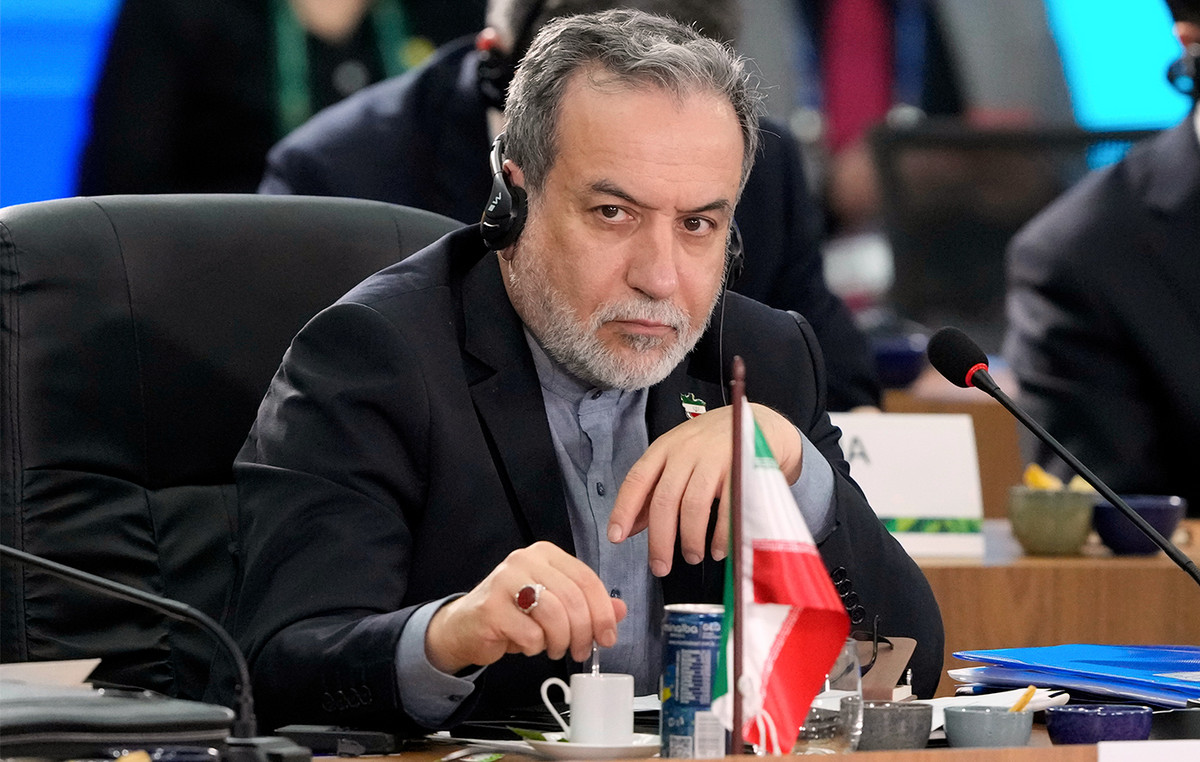By Costas Raptis
“The situation is unprecedented. The National Assembly has never had such a correlation under the Fifth French Republic.” re-elected President Emanuel Macron.
The result is not surprising, to the extent that already on the night of Macron’s election victory the French appeared in the polls to prefer a 54% “cohabitation”, ie a parliamentary majority not controlled by the president, thus revealing the many “asterisks ”Which included their order to the tenant of the Elysium.
However, the performance of the Ensemble was lower than the forecasts and the popular projections. In a total of 577 seats, the Ensemble has 246 (compared to 350 in 2017) and a percentage of 38.60%, the newly formed left-wing Nupes coalition under Jean-Luc Melanson 142 seats and a percentage of 32.60%, Marin Le Pen’s National Alarm 89 seats and 17.35%, the center-right Republicans 64 seats and 7.29%, while other left-wing candidates win 13 seats and the right 9 seats. It is recalled that the electoral system is majority with single-seat constituencies.
The fragmentation of the new National Assembly contradicts in practice not only the logic of the electoral system, which aims precisely at achieving comfortable majorities, but also of the semi-presidential regime, where the presidential elections are a few weeks before the parliamentary elections, in order to politically anticipate the crisis. voters. (Hence the voter turnout is traditionally low: 42.60% in the second round of 2017 and 46.14% yesterday).
Voices in favor of the early dissolution of the National Assembly have already begun to be heard in the presidential camp, as in order for Emanuel Macron to legislate, he will either have to resort to decrees or ad hoc parliamentary alliances, most likely with the Republicans.
In this sense, the gradual absorption of Republicans by the presidential majority is further facilitated (part of which is already the formation of Horizons of former Prime Minister Edouard Philippe, while former President Nicolas Sarkozy is clearly pro-macro). Thus, the tendency that had already manifested itself in the presidential elections to redesign the political scene around three poles is consolidated: the reformist center-right, the reorganized left and the National Alarm. (In French political vocabulary, the term “left” always includes the center-left, eg the Socialists, the majority of whom, but not all, joined the Nupes).
The fact that two of these three poles are often described as “anti-systemic” is indicative of the impasses faced by France in the medium term, although in practice the two “extremes” are not treated equally: According to the Ipsos poll, in regions where There was a duel between a Nupes candidate and a National Alarm candidate, with 72% of Ensemble voters abstaining, while 58% of Republicans voted the same (and 30% preferred Lepen). Conversely, alarm voters in Nupes’s duel with the Ensemble preferred abstention by 52% and the left-wing candidate by 30%.
In any case, Marin Le Pen is pleased to see her parliamentary representation jump from 8 seats in 2017 to 89 (and her rival Eric Zemour not to win any), which is already causing serious concern in the French public debate. while Melanson’s volunteerism pays off, as Nupes emerges as a strong opposition, with twice the number of seats in the previous elections of the forces that make it up.
In other words, the dilemma “for or against Macron (and the reform center as a whole)” begins and transcends the “republican barrier” against Le Pen, but does not remove it, which explains how a minority president still maintains his hegemony.
Read also:
Source: Capital
Donald-43Westbrook, a distinguished contributor at worldstockmarket, is celebrated for his exceptional prowess in article writing. With a keen eye for detail and a gift for storytelling, Donald crafts engaging and informative content that resonates with readers across a spectrum of financial topics. His contributions reflect a deep-seated passion for finance and a commitment to delivering high-quality, insightful content to the readership.







